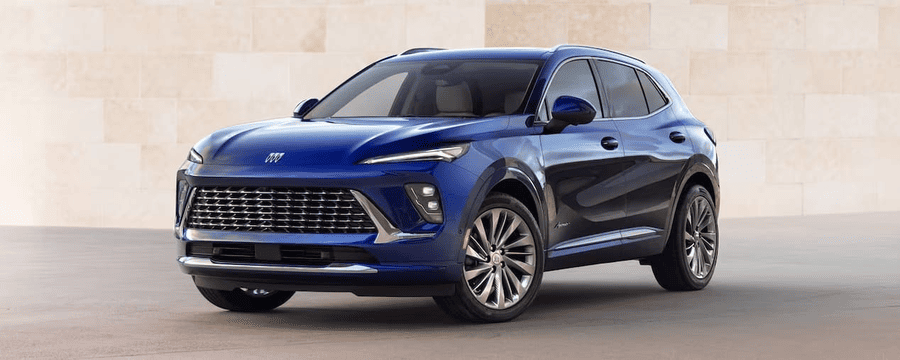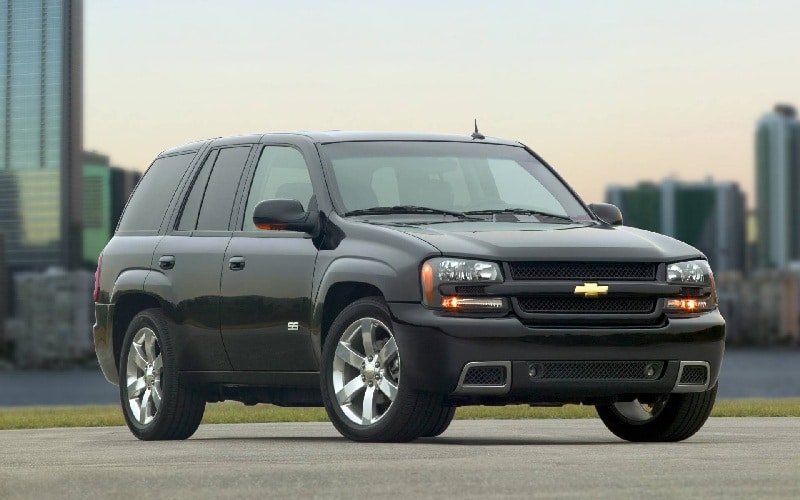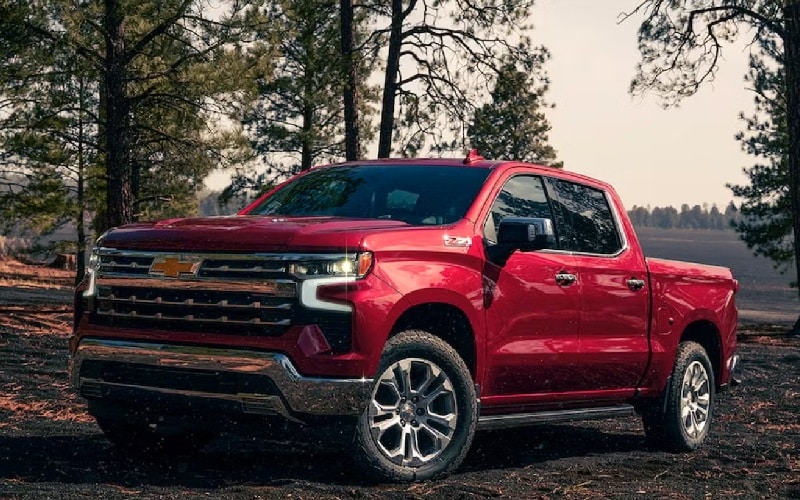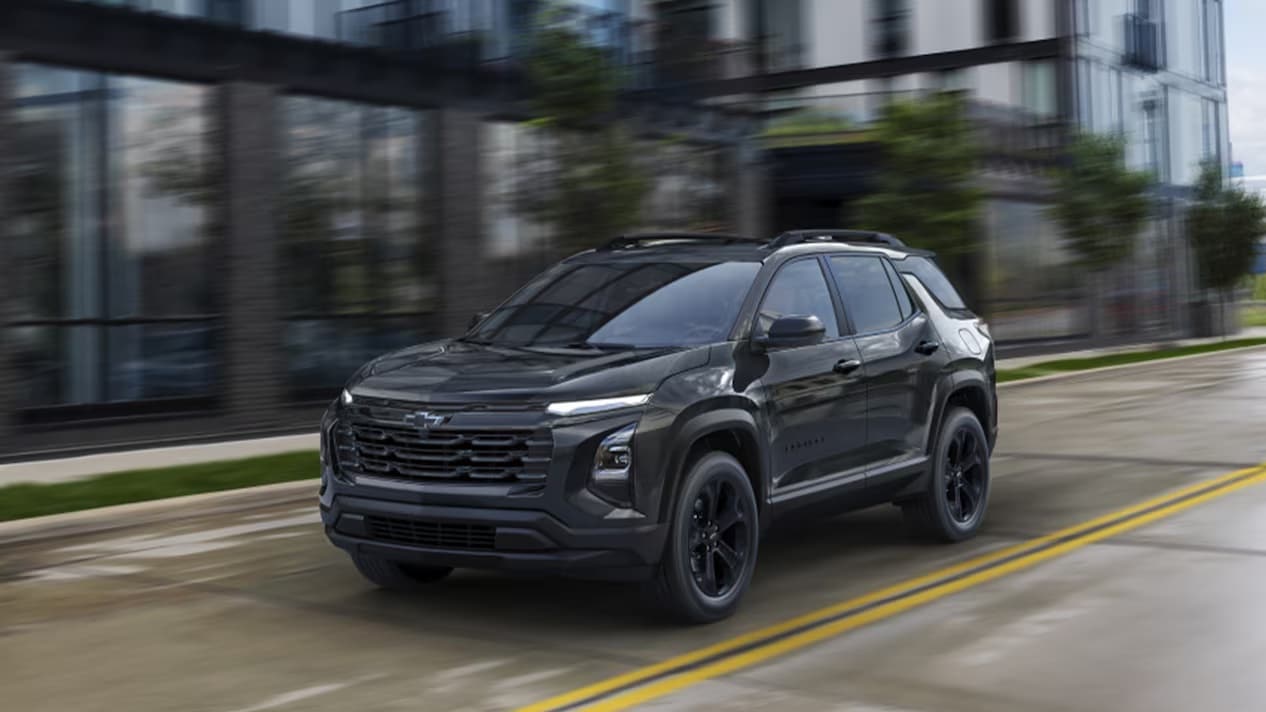How Have Buick Envision Brakes Changed from 2020 to 2025?
Since its introduction, the Buick Envision, a popular compact luxury SUV, has undergone several changes and improvements. The braking system is one of the most critical components of any vehicle, and the Envision is no exception. 2020 Buick Envision: The Baseline The 2020 Buick Envision marked the final year of the first-generation model. Its braking […]
Since its introduction, the Buick Envision, a popular compact luxury SUV, has undergone several changes and improvements. The braking system is one of the most critical components of any vehicle, and the Envision is no exception.

2020 Buick Envision: The Baseline
The 2020 Buick Envision marked the final year of the first-generation model. Its braking system was solid but relatively basic compared to later models:
- Front brakes: 321 mm ventilated disc brakes
- Rear brakes: 288 mm solid disc brakes
- Electronic Stability Control (ESC) and Anti-lock Braking System (ABS)
- Traction control
- Hill Start Assist
These features offered adequate stopping power and safety for most driving conditions, but their performance and advanced driver assistance systems (ADAS) needed improvement.
2021 Buick Envision: A New Generation Begins
The 2021 model year saw the introduction of the second-generation Buick Envision, bringing with it significant upgrades to the braking system:
- Front brakes: Upgraded to 330 mm ventilated disc brakes
- Rear brakes: Improved to 305 mm ventilated disc brakes
- Enhanced Electronic Brake force Distribution (EBD)
- Brake Assist system
- Electric Parking Brake (EPB) with automatic vehicle hold
The larger brake rotors provided improved heat dissipation and better stopping power. The addition of ventilated rear discs was a notable upgrade, offering better performance during repeated heavy braking scenarios.
2022 Buick Envision: Refining the Formula
Building on the improvements of the previous year, the 2022 Envision introduced:
- Advanced adaptive cruise control with full stop-and-go capability
- Enhanced automatic emergency braking with pedestrian detection
- Upgraded brake-by-wire system for smoother operation
These enhancements boosted safety and refined the driving experience. The brake-by-wire system, in particular, delivered more precise brake modulation and integrated seamlessly with the vehicle’s advanced driver assistance systems.
2023 Buick Envision: Focusing on Performance
For the 2023 model year, Buick placed a greater emphasis on the Envision performance capabilities:
- Front brakes: Further upgraded to 340 mm ventilated disc brakes
- Rear brakes: Increased to 315 mm ventilated disc brakes
- High-performance brake pads as standard on higher trim levels
- Improved brake cooling ducts for better heat management
These upgrades resulted in shorter stopping distances and improved brake fade resistance, which is especially beneficial for more spirited driving or when towing.
2024 Buick Envision: Embracing Advanced Technology
The 2024 model year saw the Envision adopt more advanced braking technologies:
- Introduction of a regenerative braking system on hybrid models
- Enhanced brake-by-wire system with customizable pedal feel
- Advanced driver-selectable brake modes (Comfort, Sport, Eco)
- Upgraded ABS with corner brake control for improved stability
The regenerative braking system improves efficiency and extends the life of the traditional friction brakes. Drivers can customize the brake pedal feel to tailor the braking experience to their preferences.
2025 Buick Envision: The Cutting Edge
For the 2025 model year, Buick has pushed the envelope further with its braking technology:
- Introduction of carbon-ceramic brake rotors as an option on high-performance models
- Front brakes: 350 mm ventilated and cross-drilled disc brakes (standard)
- Rear brakes: 330 mm ventilated and cross-drilled disc brakes (standard)
- Advanced brake-by-wire system with predictive braking capabilities
- Integration with LiDAR and camera systems for enhanced automatic emergency braking
The optional carbon-ceramic brakes deliver significant benefits, including weight reduction, heat resistance, and longevity, despite their high cost. Engineers have also improved the standard brakes, equipping them with larger, cross-drilled rotors that enhance stopping power and heat dissipation.
Comparative Analysis: 2020 vs. 2025
To truly appreciate the evolution of the Buick Envision braking system, let’s compare the 2020 and 2025 models directly:
- Stopping Distance:
- 2020 model: 100-0 km/h in approximately 39 meters
- 2025 model: 100-0 km/h in approximately 34 meters
- Brake Fade Resistance:
- 2020 model: Noticeable fade after 5-6 hard stops from high speed
- 2025 model: Minimal fade after 10+ hard stops from high speed
- Pedal Feel:
- 2020 model: Good initial bite, but less progressive feel
- 2025 model: Highly customizable, with options for soft initial bite and progressive feel or firm initial bite for a sportier response
- Integration with ADAS:
- 2020 model: Basic integration with adaptive cruise control and automatic emergency braking
- 2025 model: Seamless integration with advanced driver assistance systems, including predictive braking and evasive steering assist
Benefits of the Evolution
The continuous improvement of the Buick Envision braking system from 2020 to 2025 has resulted in several key benefits:
- Enhanced Safety: The improved stopping power, advanced ABS, and integration with ADAS have significantly increased the vehicle’s safety capabilities.
- Better Performance: Larger rotors, improved cooling, and advanced materials have improved overall braking performance, particularly in demanding situations.
- Increased Comfort: The evolution of the brake-by-wire system and the introduction of customizable pedal feel have allowed for a more comfortable and personalized driving experience.
- Improved Efficiency: Introducing regenerative braking in hybrid models has improved fuel economy and reduced wear on traditional friction brakes.
- Advanced Integration: The improved integration of the braking system with other vehicle systems has enabled more advanced autonomous driving features.
- Longevity: While initial costs may be higher, especially for advanced options like carbon-ceramic brakes, the improved durability and heat resistance of modern braking components can lead to lower long-term maintenance costs.
Buick Envision: Performance, Safety and Technology
The evolution of the Buick Envision braking system from 2020 to 2025 showcases a clear trend toward improved performance, safety, and technology integration. Buick has demonstrated a commitment to continuous improvement from the solid but basic system in 2020 to the cutting-edge, highly customizable setup in 2025.
As we look to the future, braking systems will likely continue to evolve, with even greater integration of artificial intelligence, further improvements in materials technology, and possibly the widespread adoption of brake-by-wire systems across all vehicle classes. The Buick Envision journey from 2020 to 2025 provides an excellent case study of how rapidly automotive technology can progress in just a few short years, setting the stage for even more exciting developments in the years to come.


